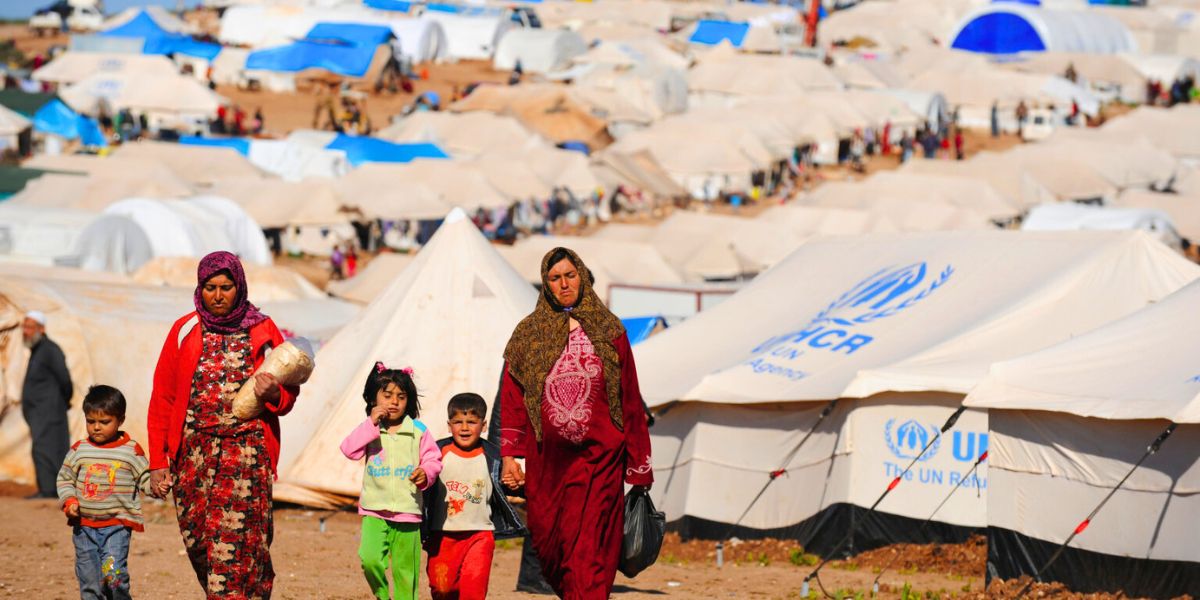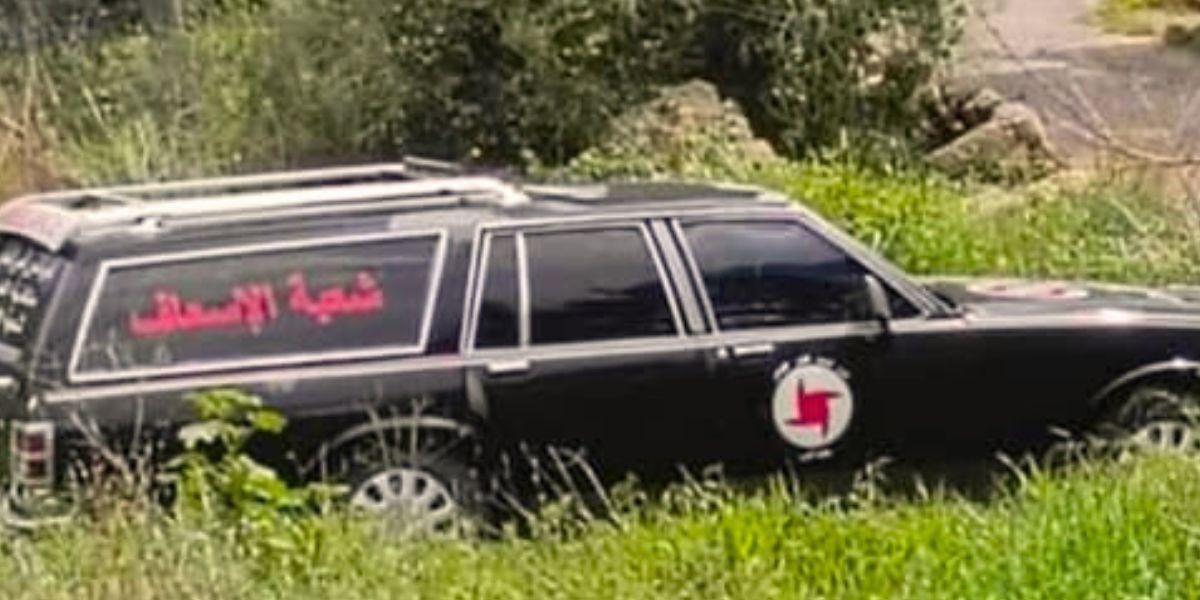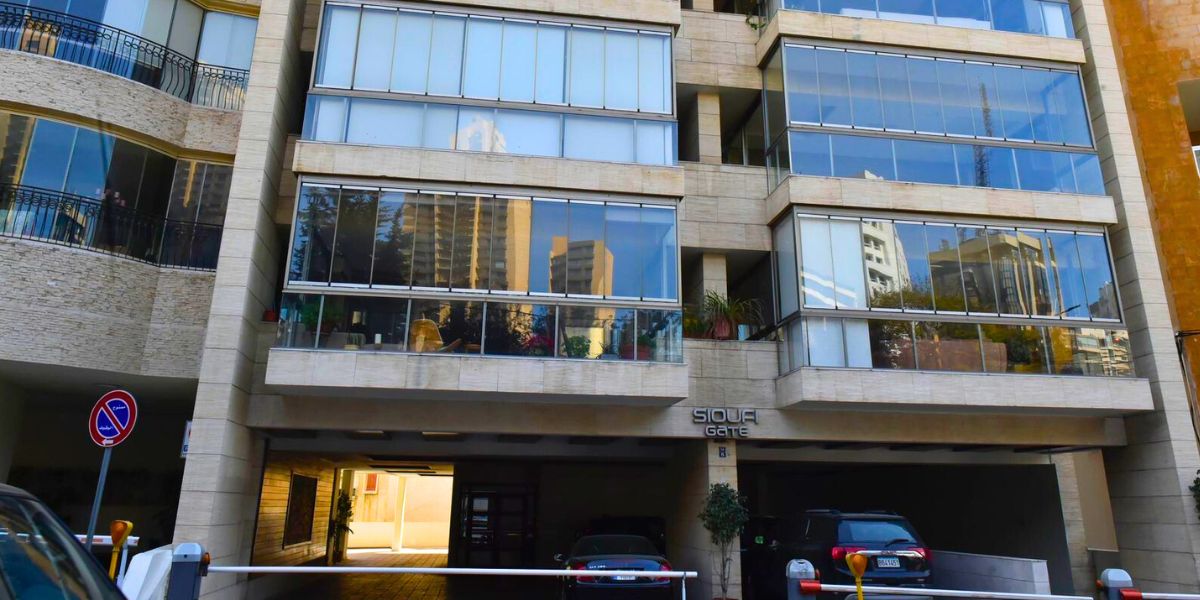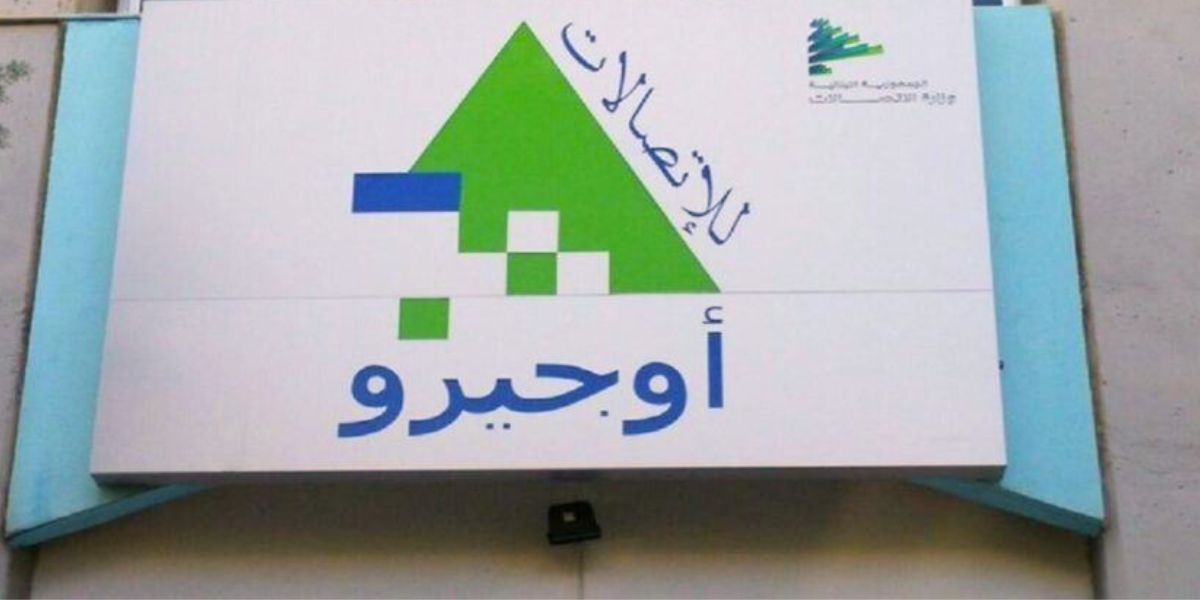Deep in an icy mountain at a far-away Arctic Circle lies the “doomsday” vault. A huge vault containing life’s most important resource, Seeds, is found between Norway and the North Pole.
Lebanon is said to have made its first contribution to the seed vault on the 25th of February 2020.
This vault located in Norway’s Svalbard archipelago holds the world’s agricultural biodiversity in case of an apocalyptic event.
More than 930,000 varieties of seeds from all around the world have been collected and stored at the Global Seed Vault on Spitsbergen or “Doomsday” vault.
February 25th marks the day the vault opened its doors to new seeds since the upgrades, including waterproof tunnels and protection measures, were installed to protect the seeds from the increase in the earth’s temperature.
“Now we have planned for worst-case scenarios in a better way,” Norwegian Prime Minister Erna Solberg told New Scientist.
There are more than 1,700 versions of gene banks spread all over the world. These banks are a smaller version of the Global Bank and they work on collecting and preserving seeds for agricultural research and developing new varieties.
In Lebanon’s Bekaa Valley, the International Center for Agricultural Research in the Dry Areas (ICARDA) received 70,000 new seeds in 2017 for its vault. This February, the ICARDA sent a variety of these seeds to the Global Seed Vault.
After this deposit, there are more than 1,050,000 seeds from all around the world. They are mostly crops like wheat and rice to vegetables, herbs, and wildflowers.
36 seedbanks from around the world have deposited new samples at the bank. 8 of these countries are first-timers and include the Cherokee Nation, Thailand, United States, Ireland, Costa Rica, Britain’s Prince Charles, Ethiopia, and Lebanon, according to The Verge.
Seeds at this vault encompass old and new genetic variations of seeds, most not in use anymore.
According to Time News, this genetic diversity could provide the DNA traits needed to develop new strains for whatever challenges the world or a particular region will face in the future.
For example, there are more than 200,000 varieties of rice, one of which might have the trait to survive in the upcoming climate change.
This vault is seen as humanity’s last hope and aims to reseed the world and feed earth population in case of a global catastrophe.
















